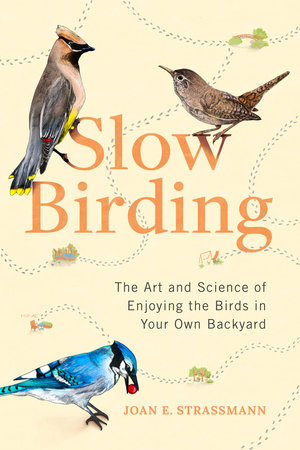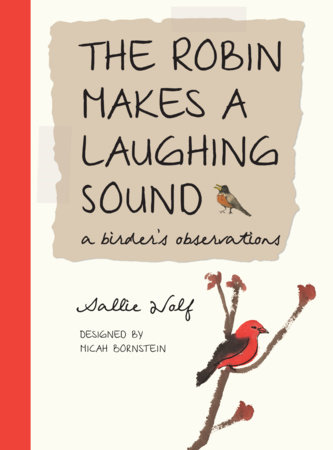

The Robin Makes a Laughing Sound
By Sallie Wolf
Designed by Micah Bornstein
By Sallie Wolf
Designed by Micah Bornstein
Category: Science & Technology | Poetry

-
$12.99
Feb 01, 2010 | ISBN 9781580893183
Buy the Hardcover:
YOU MAY ALSO LIKE
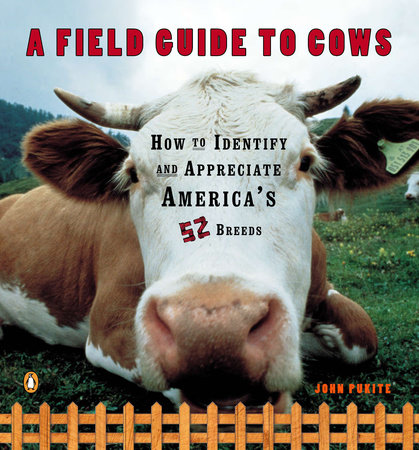
A Field Guide to Cows

Best Friends
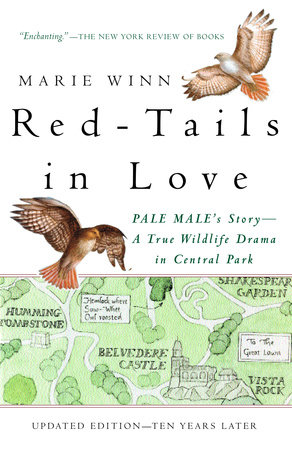
Red-Tails in Love
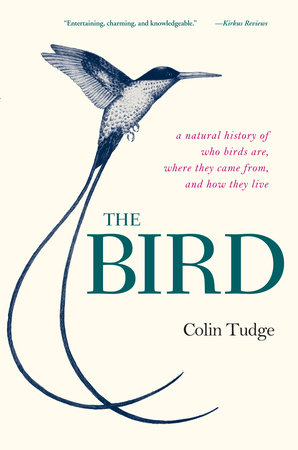
The Bird
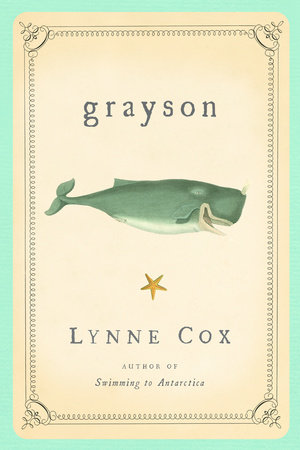
Grayson
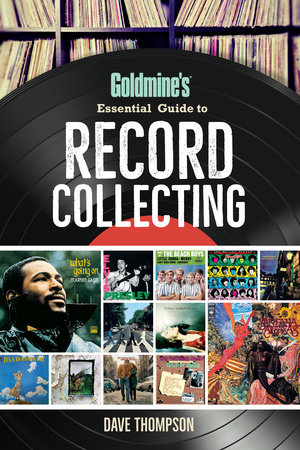
Goldmine’s Essential Guide to Record Collecting
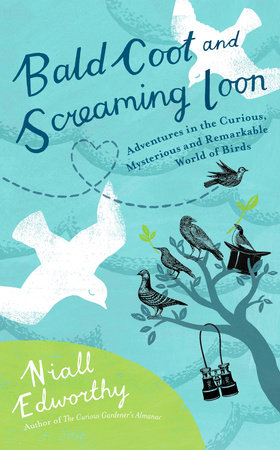
Bald Coot and Screaming Loon
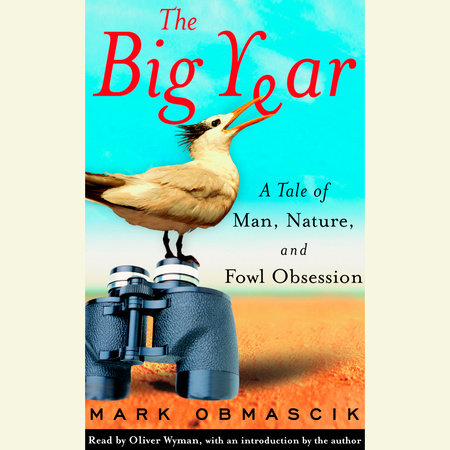
The Big Year

The Tellington TTouch
Praise
♦ Wolf’s journal/sketchbook is arranged in eight-page sections by season, each beginning with a list of avian visitors. The charming, eye-catching format includes short dated nature notes written in script, some of them on glued or taped-in torn paper pieces; other paper scraps contain short typeset poems and small, labled watercolors: an object; a single flower; a bird; a tree in seasonal array. Notes for several poems, showing words or phrases that have been crossed out and changed, are written beside the finished piece. Pen-and-ink sketches capture a baby house sparrow, a V-formation of geese, a downy woodpecker at a suet feeder, and more. Two pages of author’s notes explain how Wolf became interested in birds as a result of seventh-grade project, and how she developed her journaling style. A page of resources includes several outstanding Web sites, some top-notch guides, and books on birding. This small, instructional guide may provide the inspiration for young authors with even a bit of artistic talent ot begin keeping nature journals of their own.
—School Library Journal, starred review
This journal strikes a pensive and tranquil note, emphasizing the simple joys to be found in observing nature, birds in particular, rather than providing specific tactics for identifying species. Cursive lists of North American birds appear under a heading for each season, followed by a collage of bird sketches in ink and watercolor, journal entries, and careful observations that take the form of tender, sometimes surprising poems: “A pair of nutchatches used to visit my feeder ever day./ That was before West Nile virus/ spread from bird to bird.” It should find an audience in nature-lovers, writers, and other contemplative readers.
—Publishers Weekly
Longtime bird enthusiast Wolf observes, sketches, paints and writes poems about the robins, juncos, wrens and cardinals that venture near her Illinois home. Here, bits of her original birder’s journal are digitally manipulated with simulated torn pieces of paper and adhesive tape to create a clean, inviting scrapbook look. A spread entitled “Spring” features a list of species spotted, a lovely watercolor-and-ink sketch of a crocus, a list of warbler characteristics and a haiku about brown creepers. Thoughtful questions (“February 19—Where do birds sleep at night?”) and brief cursive notes (“May 2—The black cap sits on its head like a black beret”) pepper the pages, and the winsome poems range from nursery-rhyme style (“Flippy-floppy, splishy-sploshy— / robins take a bath. / One bird, two birds, three birds, four— / it’s crowded. Splishy-splash!”) to more matter-of-fact free-verse observations of bird behavior. The journal’s most charming aspects, however, are the artful sketches and watercolor paintings—and the endearingly childlike sense of wonder reflected throughout.
—Kirkus Reviews
In the author’s note at the beginning of the book, the author writes, “My seventh-grade teacher taught our class to identify birds using Roger Tory Peterson’s A Field Guide to the Birds of Eastern and Central North America. We set up bird feeders on the flat roof outside our classroom. The birds became used to feeding there, and we soon learned to identify the different species. . . . I have been bird-watching ever since” (p. 6). This book contains journal entries about bird-watching throughout the four seasons along with poems written in a viariety of styles. One concrete poem in the shape of an egg is titled “Riddle” and it reads, “Not / a circle, / but round. / Blue, white, or / green—some are / speckled / brown” (p. 13). What is unique about the poems is that readers are able to see rough drafts of them and how they were revised. The illustrations were taken from the author’s actual journal and then digitally manipulated. Readers may be inspired to create journals of their own by observing their favorite animals. This title was selected as a 2011 Outstanding Science Trade Book by the National Science Teachers Association.—Language Arts
21 Books You’ve Been Meaning to Read
Just for joining you’ll get personalized recommendations on your dashboard daily and features only for members.
Find Out More Join Now Sign In









